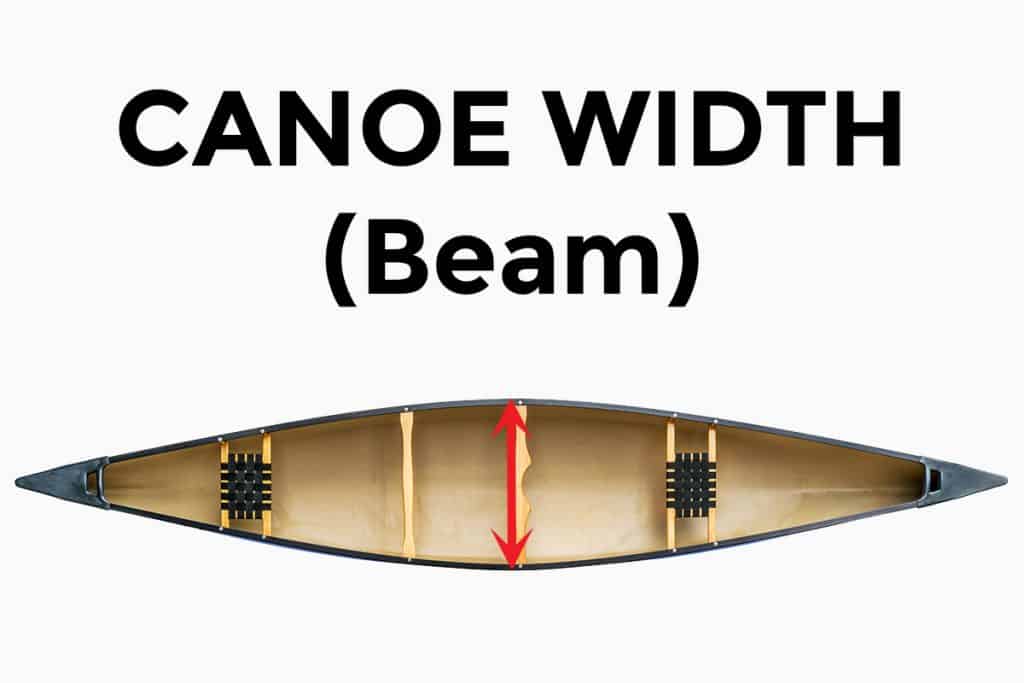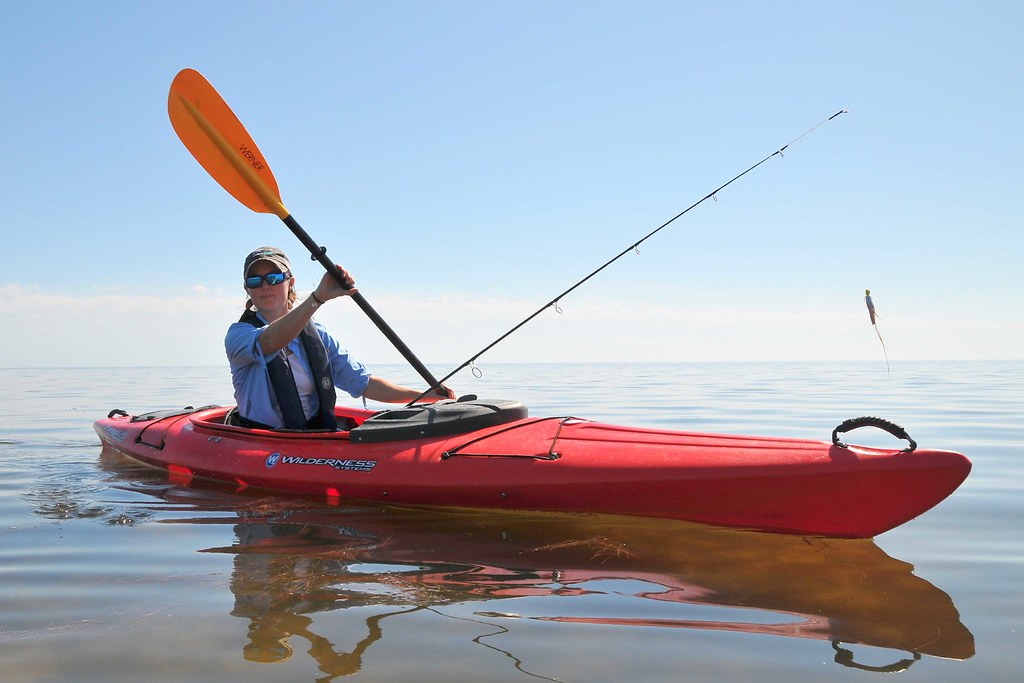
- Alabama
- Alaska
- Arizona
- Arkansas
- California
- Colorado
- Connecticut
- Delaware
- Florida
- Georgia
- Hawaii
- Idaho
- Illinois
- Indiana
- Iowa
- Kansas
- Kentucky
- Louisiana
- Maine
- Maryland
- Massachusetts
- Michigan
- Minnesota
- Mississippi
- Missouri
- Montana
- Nebraska
- Nevada
- New Hampshire
- New Jersey
- New Mexico
- New York
- North Carolina
- North Dakota
- Ohio
- Oklahoma
- Oregon
- Pennsylvania
- Rhode Island
- South Carolina
- South Dakota
- Tennessee
- Texas
- Utah
- Vermont
- Virginia
- Washington
- West Virginia
- Wisconsin
- Wyoming
The Key to a Great Kayaking Experience: Kayak Beam 2024
What Is Kayak Beam
Kayak beam refers to the width of a kayak at its widest point. It is one of the most important measurements of a kayak as it affects the stability, maneuverability, and overall performance of the kayak. In this article, we will be discussing what kayak beam is, how it affects kayak performance, and how to choose the right kayak beam for your needs.
Section 1: What is Kayak Beam?
Kayak beam is the width of a kayak at its widest point. It is measured in inches or centimeters and typically ranges from 22 inches to 36 inches. The wider the kayak beam, the more stable the kayak will be, but the less maneuverable it will be. Conversely, the narrower the kayak beam, the less stable the kayak will be, but the more maneuverable it will be.
Kayak beam is an important measurement to consider when choosing a kayak. It affects the kayak's overall performance and can make a significant difference in your kayaking experience. For example, a kayak with a wide beam will be more stable and easier to balance, making it a good choice for beginners or for use in calm waters. A kayak with a narrow beam will be less stable, but more maneuverable and faster, making it a good choice for experienced kayakers or for use in rough waters.
How Kayak Beam Affects Kayak Performance
What Is Kayak Beam
Kayak beam affects kayak performance in several ways. One of the most significant ways it affects performance is through stability. A kayak with a wide beam will be more stable and easier to balance, making it a good choice for beginners or for use in calm waters. This is because the wider the kayak beam, the more surface area is in contact with the water, which creates more resistance and makes the kayak less likely to tip over.
On the other hand, a kayak with a narrow beam will be less stable, but more maneuverable and faster. This is because a narrower kayak has less surface area in contact with the water, which creates less resistance and allows for quicker and more precise turns. This makes it a good choice for experienced kayakers or for use in rough waters.
Kayak beam also affects the kayak's speed and tracking. A kayak with a wider beam will have more drag and will be slower, while a kayak with a narrower beam will have less drag and will be faster. Additionally, a kayak with a wider beam will have more difficulty maintaining a straight line, while a kayak with a narrower beam will have an easier time tracking straight.
Section 3: How to Choose the Right Kayak Beam
When choosing a kayak, it's important to consider the type of kayaking you will be doing and your own personal preferences. Here are a few things to keep in mind when choosing the right kayak beam:
Beginners or those who will be kayaking in calm waters should consider a kayak with a wider beam for added stability.
Experienced kayakers or those who will be kayaking in rough waters should consider a kayak with a narrower beam for added maneuverability and speed.
Consider your own personal preferences and the type of kayaking you will be doing. If you value stability and ease of use, choose a kayak with a wider beam, but if you value speed and maneuverability, choose a kayak with a narrower beam.
Keep in mind that kayak beam is not the only factor to consider when choosing a kayak. Other important factors include length, weight, and capacity.
In conclusion, kayak beam is an important measurement to consider when choosing a kayak. It affects the kayak's stability, maneuverability, and overall performance. Choosing the right kayak beam depends on your own personal preferences and the type of kayaking you will be doing. Keep in mind that a kayak with a wider beam will be more stable and easier to balance, making it a good choice for beginners or for use in calm waters. A kayak with a narrower beam will be less stable, but more maneuverable and faster, making it a good choice for experienced kayakers or for use in rough waters. It's essential to consider your own needs and preferences when choosing the right kayak beam, as well as other important factors such as length, weight, and capacity. Additionally, it's important to remember that kayak beam is just one aspect of a kayak and that other factors such as kayak design, materials, and accessories will also play a role in overall performance and durability. With the right kayak and the right beam, you can enjoy a safe and enjoyable kayaking experience.
Frequently Asked Questions
What is kayak beam and why is it important?
Kayak beam is the width of a kayak at its widest point. It is an important measurement as it affects the stability, maneuverability, and overall performance of the kayak. A wider beam kayak will be more stable but less maneuverable, while a narrower beam kayak will be less stable but more maneuverable.
How does kayak beam affect kayak performance?
Kayak beam affects kayak performance by affecting stability, speed, and tracking. A wider beam kayak will be more stable but slower and have more difficulty maintaining a straight line, while a narrower beam kayak will be less stable but faster and have an easier time tracking straight.
How do I choose the right kayak beam for me?
Choosing the right kayak beam depends on your own personal preferences and the type of kayaking you will be doing. Beginners or those who will be kayaking in calm waters should consider a kayak with a wider beam for added stability, while experienced kayakers or those who will be kayaking in rough waters should consider a kayak with a narrower beam for added maneuverability and speed.
Can I change the kayak beam on my current kayak?
It is not recommended to change the kayak beam on your current kayak as it may affect the overall performance and durability of the kayak. If you are looking for a different kayak beam, it's best to consider purchasing a new kayak with the desired beam.
Are there any other factors to consider when choosing a kayak?
Kayak beam is just one aspect to consider when choosing a kayak. Other important factors include length, weight, capacity, kayak design, materials, and accessories.
Is kayak beam the only factor that affects stability?
Kayak beam is one factor that affects stability, but other factors such as kayak design, materials, and accessories also play a role in overall stability and performance. It's important to consider all aspects of a











